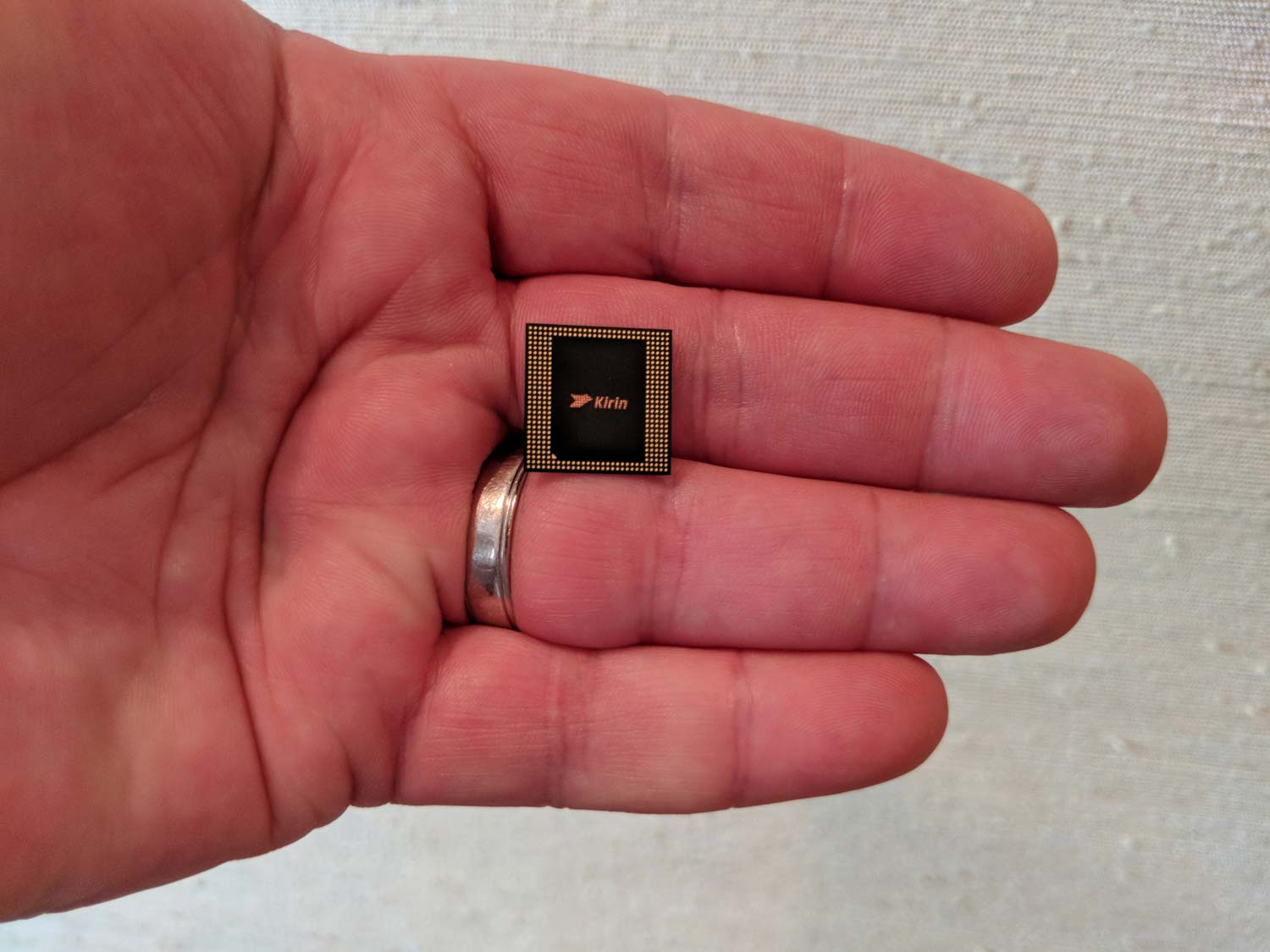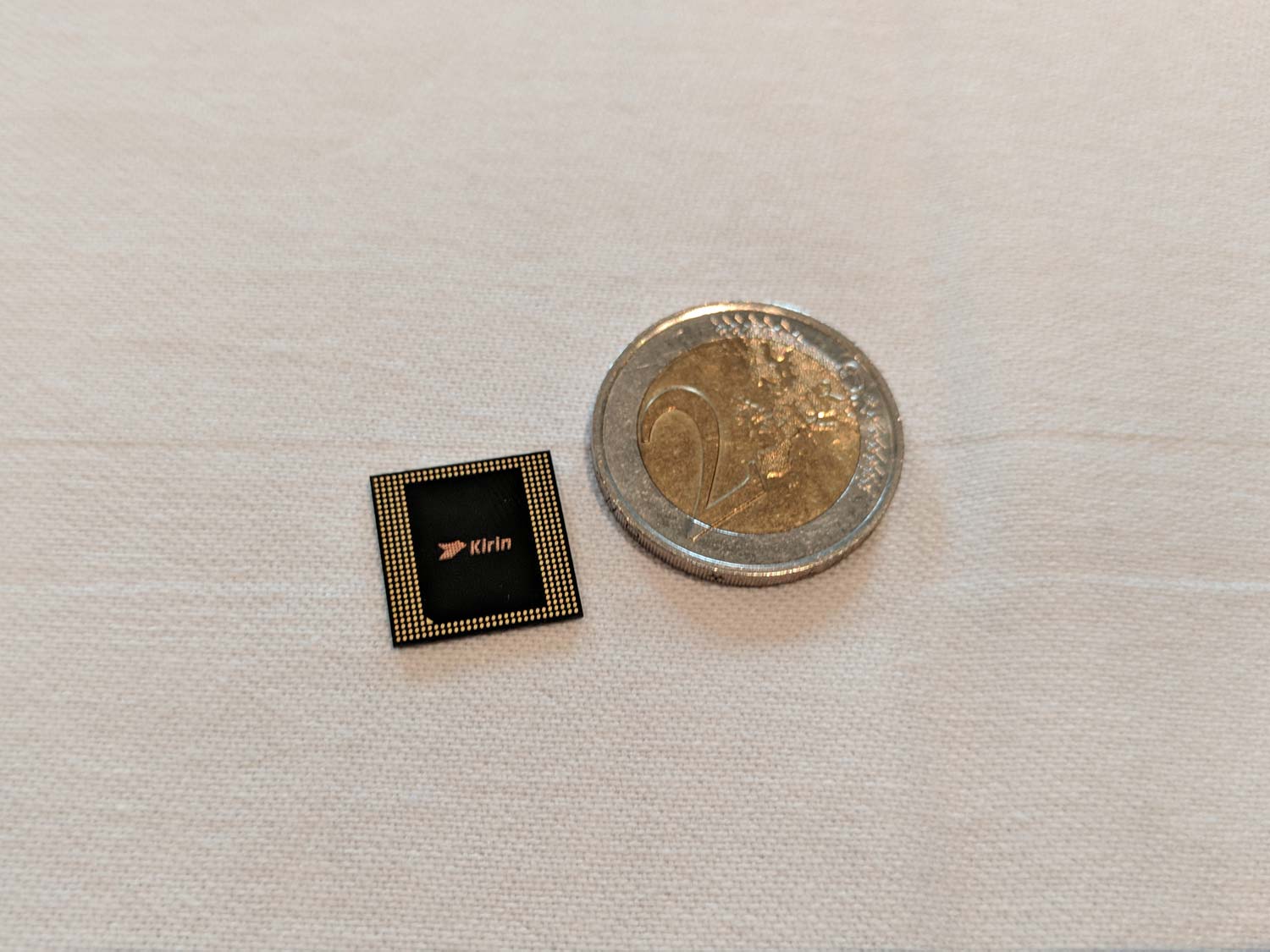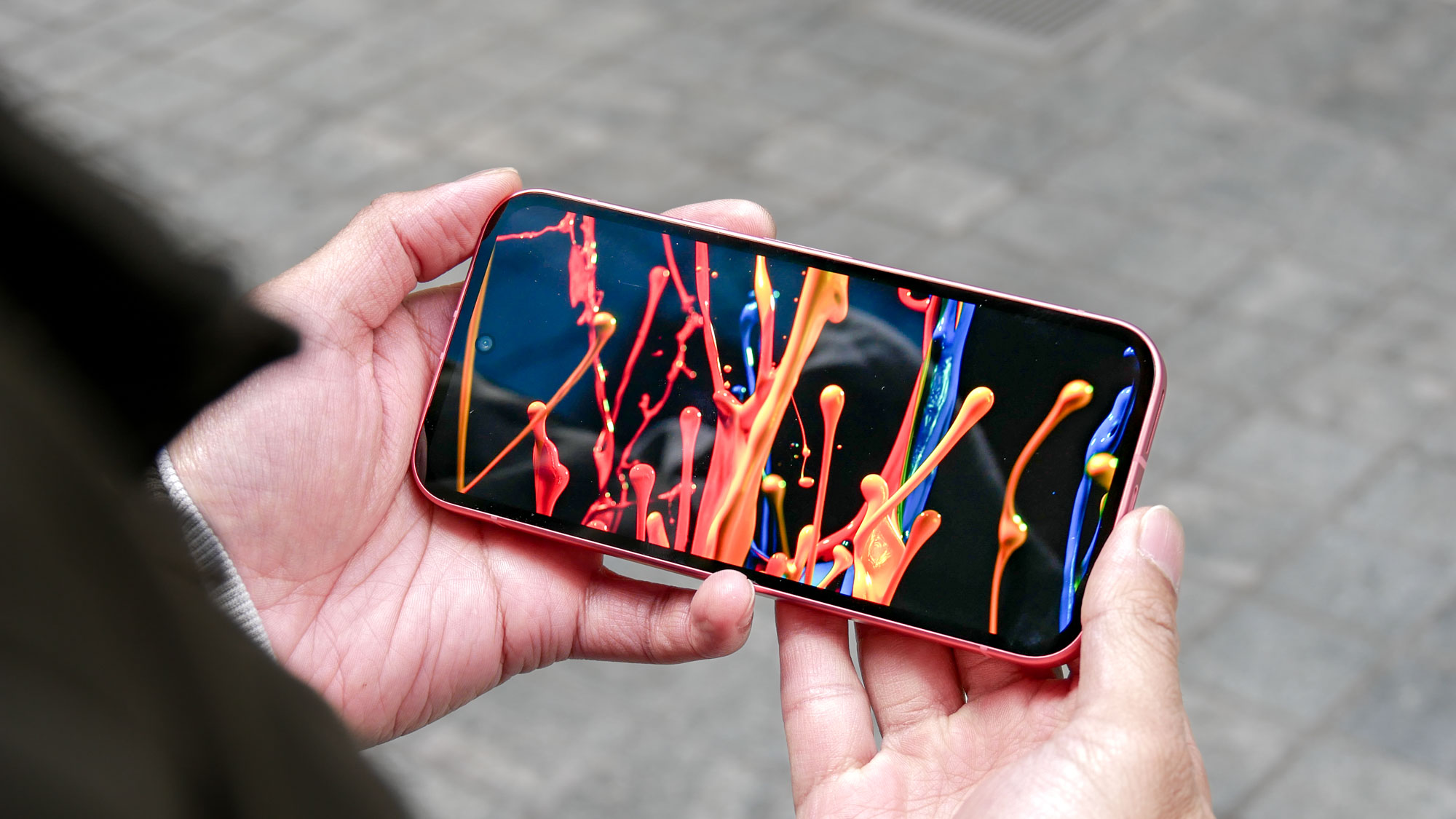Huawei's Beastly 7-Nanometer Chip Ready to Fight iPhone XS
Huawei has unveiled its Kirin 980 chipset, set to debut in October on a new phone. A 7-nanometer chip, it should deliver better performance and power efficiency.
Editors' Note: Updated at 9:40 a.m. ET with additional details from the Huawei presentation.
BERLIN — To win big against rival smartphones, Huawei is going small with its next chipset.
Huawei, which develops its own mobile processors, took the wraps off its new Kirin 980 silicon at the IFA trade show today (Aug. 31). It's a 7-nanometer processor, which Huawei says should translate to improved performance and power efficiency compared to 10-nanometer chips.

During his IFA keynote, Richard Yu, the CEO of Huawei's consumer division, said that the Kirin 980 will be the world's first commercial system-on-chip, though that lead could be short lived.
Apple is reportedly using a 7-nanometer process to build its upcoming A12 mobile processor, and it just announced a press event for Sept. 12 where it's expected to unveil new iPhones — including the iPhone XS and XS Plus — powered by that new chip. Huawei says the first Kirin 980-powered device will arrive in October. During his keynote, Yu confirmed that the event would be held Oct. 16 in London and introduce the Mate 20 series, which will run on the new processor.
For now though, Huawei can revel in what having a 7-nanometer chip will mean for the performance of its upcoming phones, particularly since it could potentially help Huawei establish its Kirin 980-powered phones as the fastest Android devices around. Currently, phones running on Qualcomm's Snapdragon 845 system-on-chip outscore Kirin 970-powered phones like the Mate 10 Pro and P20 Pro.
MORE: Galaxy Note 9 vs. iPhone X: Which Flagship Rules?
Sign up to get the BEST of Tom's Guide direct to your inbox.
Get instant access to breaking news, the hottest reviews, great deals and helpful tips.
Huawei says the 7-nanometer process delivers a 20 percent improvement in performance and 40 percent better power efficiency over 10-nanometer chips. Coincidentally, the Snapdragon 845-powered Galaxy S9+ outscored the Mate 10 Pro by 22 percent when we tested both phones using GeekBench 4, which measures general performance. Yu says the Kirin 980 will outperform the Snapdragon 845 and use less power while doing it.
For its new processor, Huawei embeds Cortex-A76 cores — another first, according to the company. For fans of chip architecture, the 980 features two big 2.66-GHz A76 cores to handle turbo performance, while two middle 1.92-GHz A76 cores focus on long-lasting performance; the remaining four Cortex-A55 cores focus on power efficiency.

Huawei says the Corte-A76 cores make the Kirin 980 75 percent more powerful and 58 percent more efficient than the previous generation of Kirin chipsets.
Graphics performance also gets a big boost with the Kirin 980 turning to the Mali-G76 as its GPU. That's a 46 percent improvement in graphics processing power and a 178 percent jump in power efficiency over last year's Kirin.
That should mean better gaming experiences, even when comparing Huawei's phones to other platforms. According to Huawei's testing, the Kirin 980 tallied an average frame rate of 59.3 FPS compare to 48.5 FPS for the Snapdragon 845. More importantly, Yu said, the Kirin 980 consumed 32 percent less power than the Snapdragon 845 during gaming sessions.
The gaming experience on the Kirin 980 looks pretty good, too, at least based on a video Yu showed during his keynote. The video showed two streams of PUBG Mobile — one on the Kirin 980, the other on powered by the Snapdragon 845 — with a jeep driving across the countryside. The video of the Snapdragon 845 gaming session looked fine, but things were noticeably smoother on the Kirin 980.
With last year's Kirin 970, Huawei introduced a built-in neural processor to its chipset. The Kirin 980 doubles down on that with a dual neural processing unit. That's largely reflected in the new processor's image-recognition capabilities. Huawei says the Kirin 980 is capable of recognizing 4,500 images per minute, a 120 percent improvement over the Kirin 970. That performance also tops both the Snapdragon 845 and Apple's A11 Bionic chip, according to Huawei. More significantly, the dual neural processor means that the Kirin 980 can recognize objects in video in real time.
The Kirin 980 also includes an improved image signal processor, which Huawei says boosts camera processing speed by 46 percent over its predecessor. The changes improve support for multi-camera setups while adding new HDR color reproduction technology and better noise reduction, particularly on images shot in low light.
Side-by-side photos — first of a Ferris wheel, then of a stadium — drove this point home. The photos shot by the Kirin 980-powered device captured sharper detail than the ones photographed by the Snapdragon 845: you were still able to make out the words on signs even in the dark.
On the networking front, the Kirin 980 platform includes an LTE Cat.21 modem that delivers download speed of up to 1.4 Gbps. There's also a faster Wi-Fi chipset, so getting data to your phone quickly shouldn't be an issue.
As impressive as Huawei's claims are, we're interested to see how they stand up to our testing. We're looking forward to getting our hands on the first Kirin 980-powered device when it arrives this October.
Philip Michaels is a Managing Editor at Tom's Guide. He's been covering personal technology since 1999 and was in the building when Steve Jobs showed off the iPhone for the first time. He's been evaluating smartphones since that first iPhone debuted in 2007, and he's been following phone carriers and smartphone plans since 2015. He has strong opinions about Apple, the Oakland Athletics, old movies and proper butchery techniques. Follow him at @PhilipMichaels.

